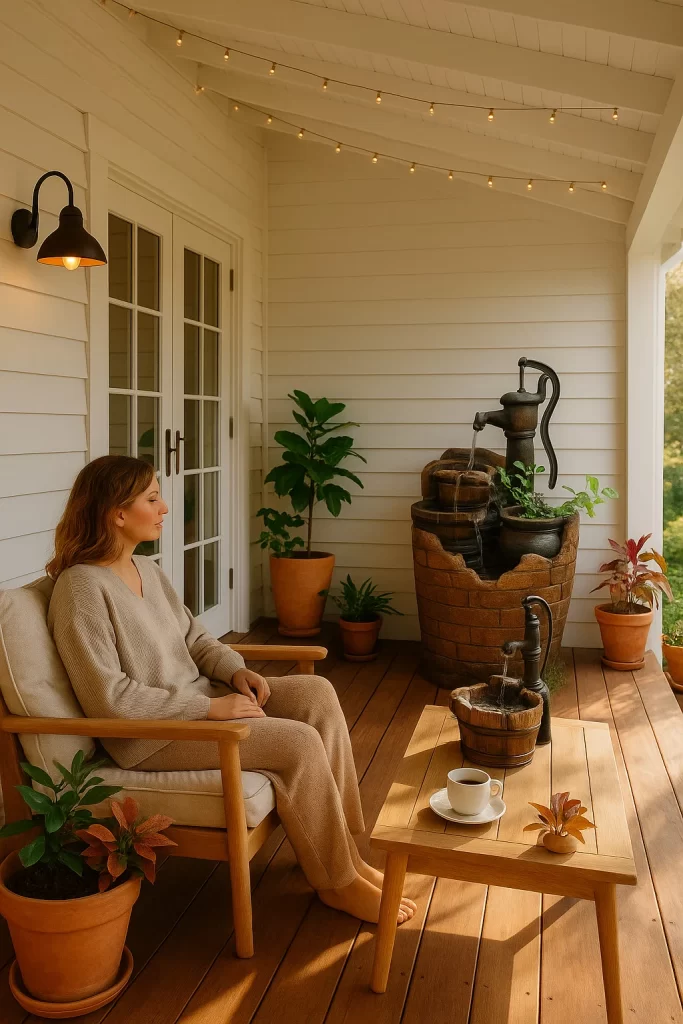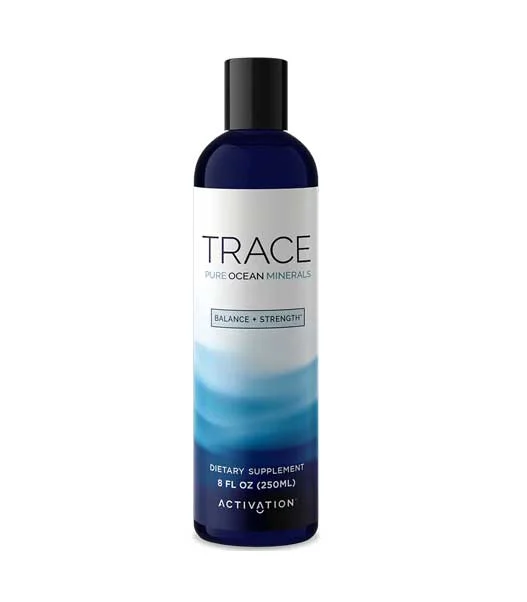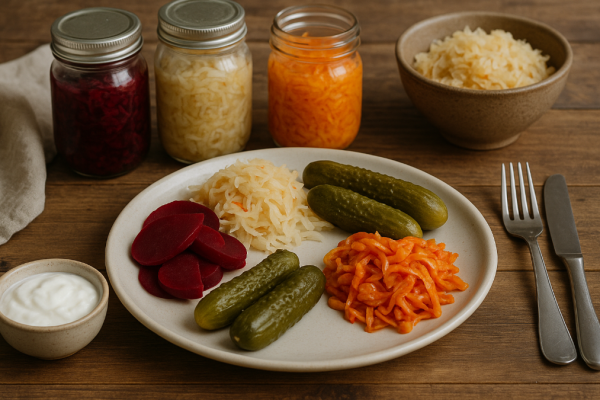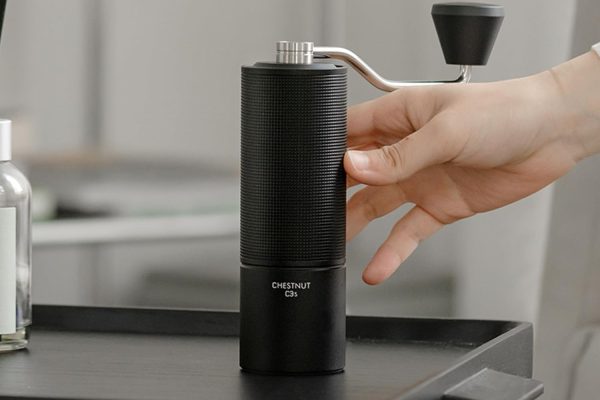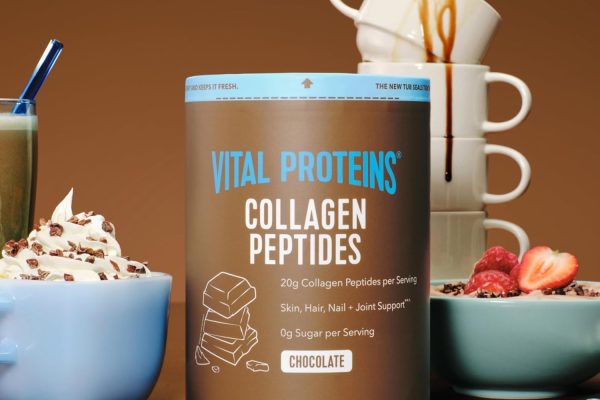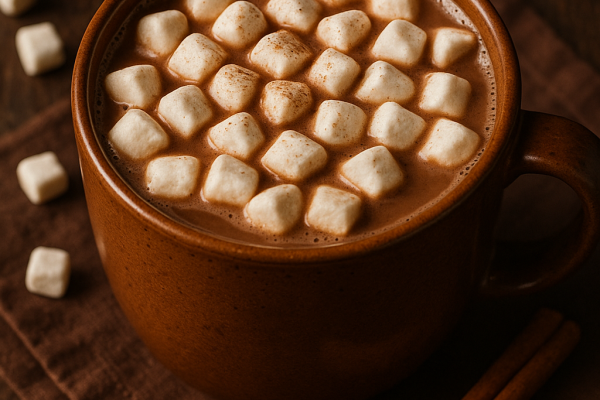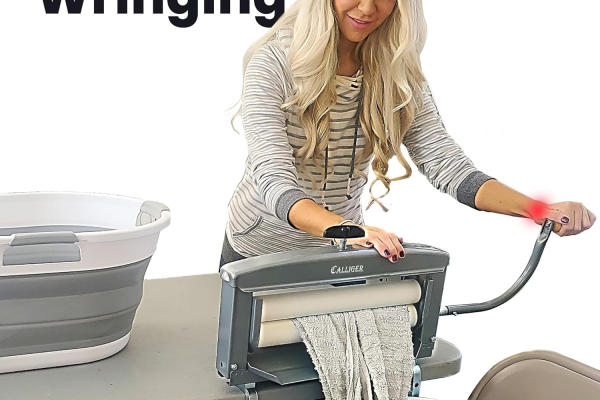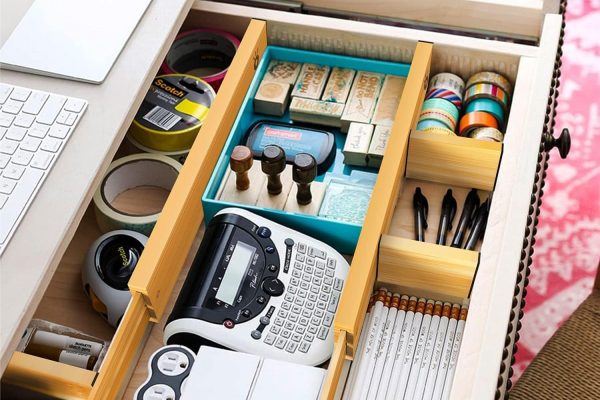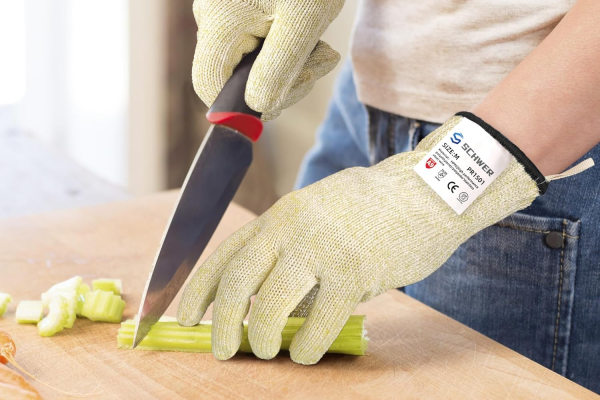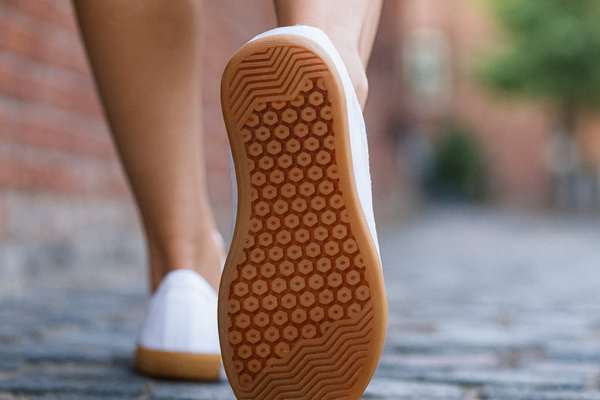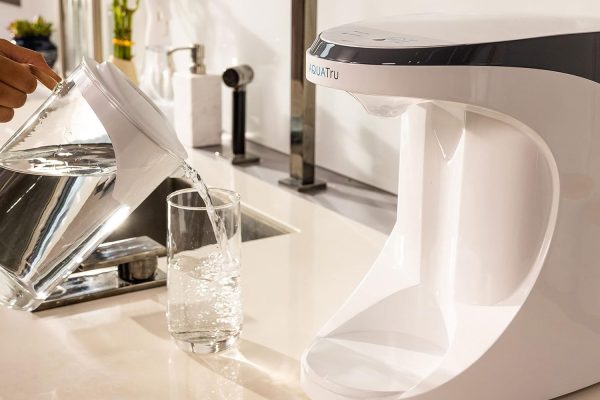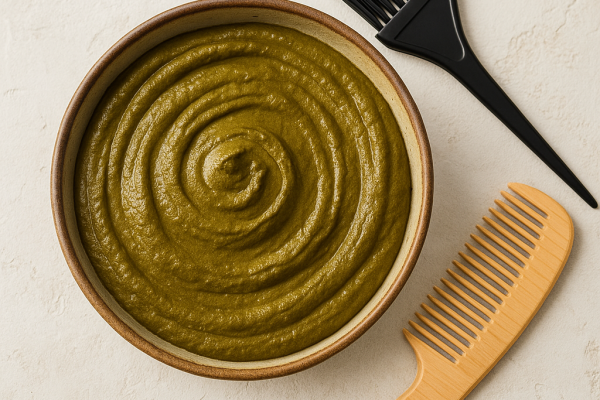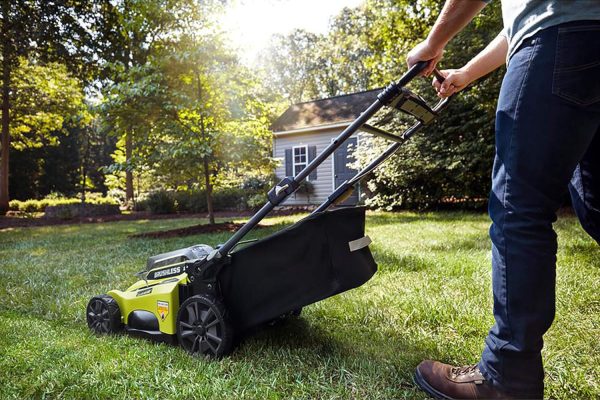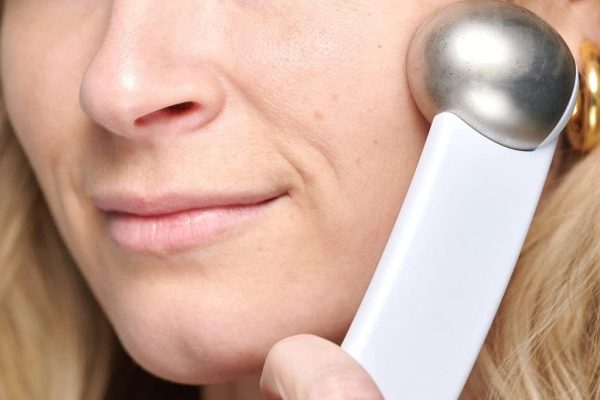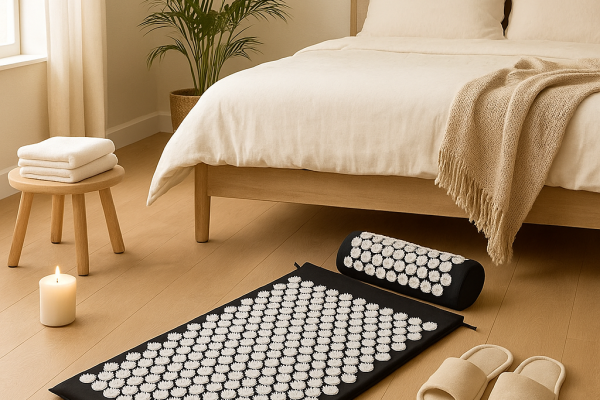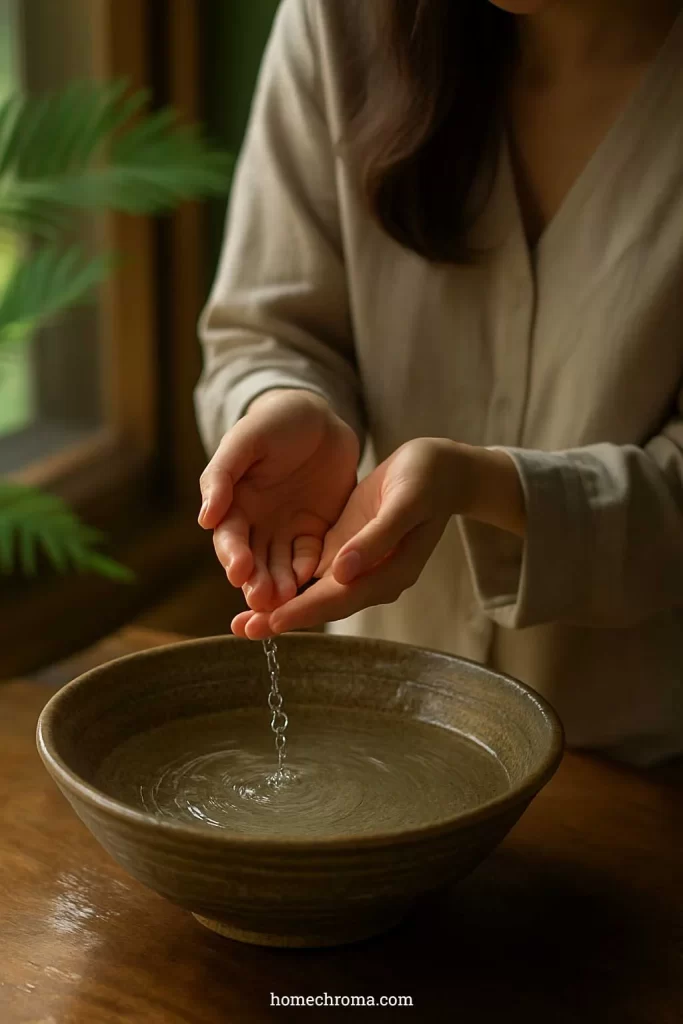
High blood pressure affects millions of people worldwide and significantly increases the risk of serious health issues like heart attack, stroke, and kidney failure. While medication is often necessary, many people are interested in natural approaches to complement their treatment. Water-based interventions have shown promising results in managing blood pressure. This article examines seven home water elements that scientific research suggests may help lower blood pressure naturally.
Blood Pressure Effects Timeline – This chart visually represents how quickly each water element begins to show measurable effects on blood pressure. It clearly shows that some elements like visual water scenes and water sounds work relatively quickly (within minutes), while others like mineral-rich water require consistent use over a longer period.

1. Visual Water Features: The Calming Effect
Glenville Water Pump Cascading Water Fountain [See More]
Looking at water features like fountains or waterfalls can have a measurable impact on blood pressure. Research conducted at Sitrin Health Care Center found that installing a waterfall in a day treatment room resulted in a statistically significant reduction in average systolic blood pressure among elderly residents with dementia, decreasing from 127 mmHg to 123 mmHg over a four-week period.
Even more interesting, studies published in the Journal of Environmental Psychology demonstrated that simply viewing water scenes for about 1 minute and 40 seconds led to reliable reductions in the systolic/diastolic ratio of blood pressure compared to viewing other natural scenes like trees. This quick response suggests our bodies may have an inherent calming reaction to water, possibly stemming from evolutionary needs for hydration and safety.
Key takeaway: Consider adding small water features to your home environment or taking brief moments to view water scenes for potential blood pressure benefits.
2. Water Sounds: Audio Relaxation
The sound of water can be just as effective as viewing it. A meta-analysis found a statistically significant immediate impact of natural sounds, including water sounds, on reducing blood pressure compared to quiet environments.
Research has shown that listening to audio relaxation programs with background sounds of ocean waves can lower blood pressure and heart rate in elderly individuals with hypertension. Water sounds appear to activate the parasympathetic nervous system, promoting relaxation and potentially leading to vasodilation and decreased blood pressure.
Key takeaway: Use sound machines, apps, or videos featuring water sounds like rainfall, ocean waves, or flowing streams to create a calming audio environment that may help manage blood pressure.
3. Hydrotherapy: Therapeutic Water Use

Hydrotherapy involves the therapeutic use of water in various forms and temperatures. A systematic review published in the International Journal of Caring Sciences analyzed eight studies and found that various hydrotherapy interventions significantly reduced blood pressure in individuals with hypertension.
Effective techniques included:
- Water gymnastics
- Water-based ergometer cycling
- Heated water exercises
- Warm water foot soaks
- Pool walking exercises
- Combined water and land-based training
These interventions typically lasted 20-60 minutes per session, conducted multiple times weekly over several weeks.
Key takeaway: While the primary benefits develop over time rather than instantaneously, incorporating regular hydrotherapy activities into your routine may contribute to healthier blood pressure levels.
4. Hot Water Immersion: Purposeful Soaking

Hot water immersion shows particular promise for blood pressure management. A randomized crossover study published in Temperature investigated the 24-hour blood pressure response following acute hot-water immersion (40°C) in individuals with hypertension.
The findings revealed that both 20-minute and 40-minute hot water immersions resulted in a reduction of approximately 6-7 mmHg in 24-hour systolic blood pressure compared to the control group. While the full effect developed over the immersion period, systolic blood pressure began decreasing relatively quickly after entering the water and remained lower than in the control group from 10 minutes onward.
Key takeaway: Regular hot baths or soaking in heated water may provide meaningful blood pressure benefits, though caution is advised for those with certain medical conditions.
5. Aquatic Exercise: Moving in Water
Aquatic exercise combines the benefits of physical activity with the unique properties of water. A study investigating the effects of a 10-week water aerobic exercise program found significant reductions in both systolic (7.32 mmHg) and mean arterial blood pressure (1.76 mmHg) in individuals with mild to moderate hypertension.
Research has also explored post-exercise hypotension (PEH), a temporary drop in blood pressure after exercise. Studies suggest that PEH can be more rapid and longer-lasting after aquatic exercise compared to land exercise, particularly in older hypertensive women. The unique properties of water, such as hydrostatic pressure, might contribute to a more pronounced blood pressure response.
Key takeaway: Consider incorporating water-based exercises into your fitness routine for both immediate and long-term blood pressure benefits.
6. Proper Hydration: Foundation for Blood Pressure Control

Maintaining adequate hydration is essential for healthy blood pressure levels. Dehydration can lead to decreased blood volume, causing blood vessels to narrow and potentially increasing blood pressure.
While drinking water doesn’t typically cause an immediate drop in blood pressure within the first minute, research suggests that noticeable improvements might occur within 30 minutes to an hour after consumption. Interestingly, some studies indicate that rapid consumption of a significant amount of water can lead to a transient increase in blood pressure in healthy individuals due to the activation of the sympathetic nervous system.
Key takeaway: Focus on consistent, adequate hydration throughout the day rather than expecting immediate results from drinking water quickly.
7. Mineral-Rich Water: Potential Long-Term Benefits
Trace Ocean Minerals [See More]
Research suggests that certain minerals in drinking water, particularly calcium and magnesium, could potentially help lower blood pressure levels over time. These minerals are believed to have protective effects on the cardiovascular system.
While the focus of this research is on long-term benefits rather than immediate effects, ensuring your water contains beneficial minerals may contribute to overall blood pressure management. Conversely, water softeners that use a cation exchange process can increase sodium levels in drinking water while removing calcium and magnesium, potentially having a detrimental effect on blood pressure.
Key takeaway: Consider the mineral content of your drinking water, potentially using filtered water that preserves beneficial minerals while removing contaminants.
Understanding the Timeframe of Effects
It’s important to set realistic expectations about how quickly these water elements affect blood pressure. This table summarizes the typical timeframes for observed blood pressure reductions:

Bonus Tip: Ease Magnesium – A Water-Based Spray I Use To Relax Instantly
Ease Magnesium Spray [See More]
While exploring water-based approaches to blood pressure management, it’s worth mentioning a related product that I personally use every day for relaxation and muscle comfort – Ease Magnesium spray. This water-based transdermal magnesium solution allows the ‘relaxation mineral’, magnesium, to instantly enter your bloodstream through your skin in minutes, offering another way to potentially support healthy blood pressure levels.
Each spray delivers approximately 22 mg of magnesium chloride hexahydrate, a form of magnesium obtained naturally from the Dead Sea. Unlike oral magnesium supplements that can cause digestive discomfort, this spray-on formula is designed to be absorbed directly through the skin within about 90 seconds.
I’ve made this a part of my daily routine and have found it particularly helpful for relaxation. Many users report several benefits that may directly and indirectly support healthy blood pressure:
- Promotes a sense of relaxation and calm
- Helps soothe muscle tension and cramps
- Supports better sleep quality
- Strengthens joints and eases discomfort
- Works quickly, often within minutes of application
Many people incorporate this spray into their evening routine, applying it before bed to help with relaxation and sleep quality. Given that stress and poor sleep are known contributors to elevated blood pressure, products that address these factors may be valuable components of a comprehensive approach to cardiovascular health.
The spray is particularly convenient for those who find it difficult to maintain consistent oral magnesium supplementation or who experience digestive issues with traditional supplements. As with any health product, individual responses may vary, but many users report feeling the calming effects almost immediately after application.
Special offer for readers: Use coupon code: SPECIAL to save 15% off everything when you order.
Conclusion: A Holistic Approach
While these water elements show promise in helping manage blood pressure, it’s essential to view them as complementary strategies rather than replacements for conventional medical treatments. The most effective approach to blood pressure management typically combines:
- Regular physical activity
- A balanced, heart-healthy diet
- Stress management techniques
- Adequate sleep
- Limited alcohol consumption
- Smoking cessation
- Medication when prescribed by a healthcare provider
Always consult with your healthcare provider before making significant lifestyle changes or incorporating new remedies, especially if you have existing health conditions or are taking medications.
By thoughtfully incorporating these water elements into your daily routine, you may enhance your overall blood pressure management strategy while enjoying the many other benefits these natural approaches provide.
References
- International Journal of Biometeorology. “Effect of hydrotherapy, balneotherapy, and spa therapy on blood pressure: a mini-review.” https://link.springer.com/article/10.1007/s00484-023-02512-5
- Healthcare Design Magazine. “Effects of a Waterfall Display on Systolic Blood Pressure in Elderly Residents with Dementia.”
- Journal of Environmental Psychology. “Transient decreases in blood pressure and heart rate with increased subjective level of relaxation while viewing water compared with adjacent ground.” https://www.sciencedirect.com/science/article/pii/S0272494422000391
- Temperature. “Both hot- and thermoneutral-water immersion reduce 24-h blood pressure in people with hypertension: A randomized crossover study.” https://www.tandfonline.com/doi/full/10.1080/23328940.2025.2465025
- Atlantis Press. “The Effect of Hydrotherapy on Blood Pressure of The Hypertensive Patients in Public Hospital of RA. Kartini Jepara.” https://www.atlantis-press.com/proceedings/icosihsn-19/125919804
- BMC Public Health. “Mineral water intake reduces blood pressure among subjects with low urinary magnesium and calcium levels.” https://bmcpublichealth.biomedcentral.com/articles/10.1186/1471-2458-4-56
- Journal of Hypertension. “Effects of an auditory startle stimulus on blood pressure and heart rate in humans.” https://journals.lww.com/jhypertension/abstract/1999/17121/effects_of_an_auditory_startle_stimulus_on_blood.18.aspx
Note: This article is for informational purposes only and does not constitute medical advice. The scientific research on water elements and blood pressure continues to evolve, and individual responses may vary. Always work with healthcare professionals to develop a comprehensive blood pressure management plan tailored to your specific needs.
Dora Decora is a biophilic interior design specialist and passionate blogger. With a deep commitment to integrating nature into living spaces, Dora specializes in creating environments that foster human-nature connections through thoughtful design elements. Her approach emphasizes sustainable materials, natural lighting, and organic patterns that enhance wellbeing and reduce environmental impact.
This post (https://homechroma.com/7-home-water-elements-to-lower-blood-pressure-naturally) was originally published by Dora Decora on Home Chroma. As an Amazon Associates partner, we are compensated for all qualifying purchases.
